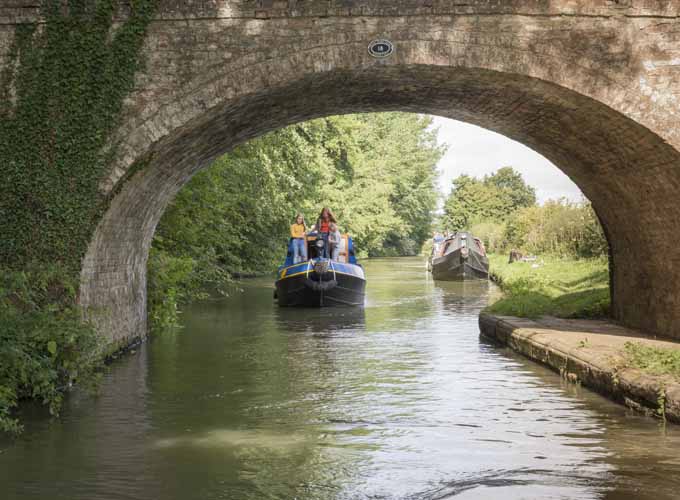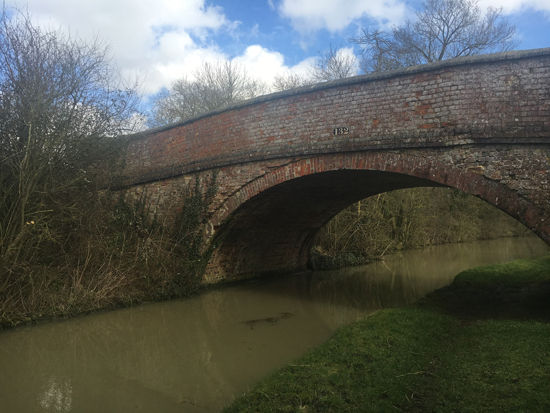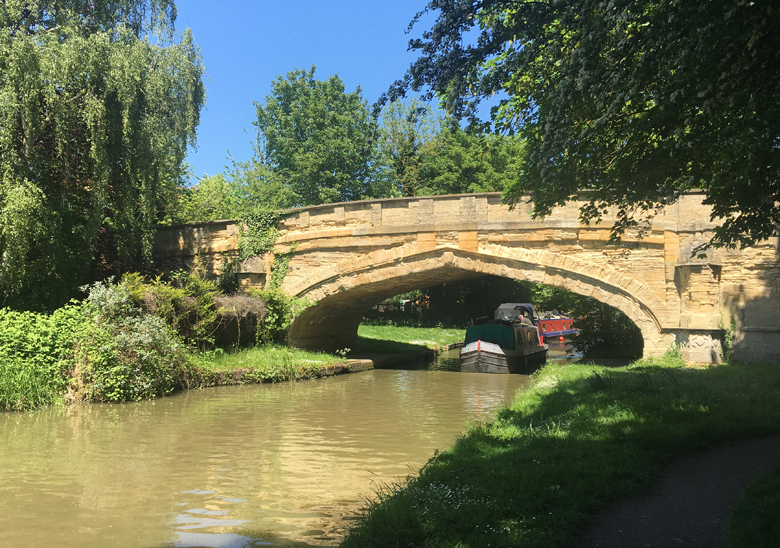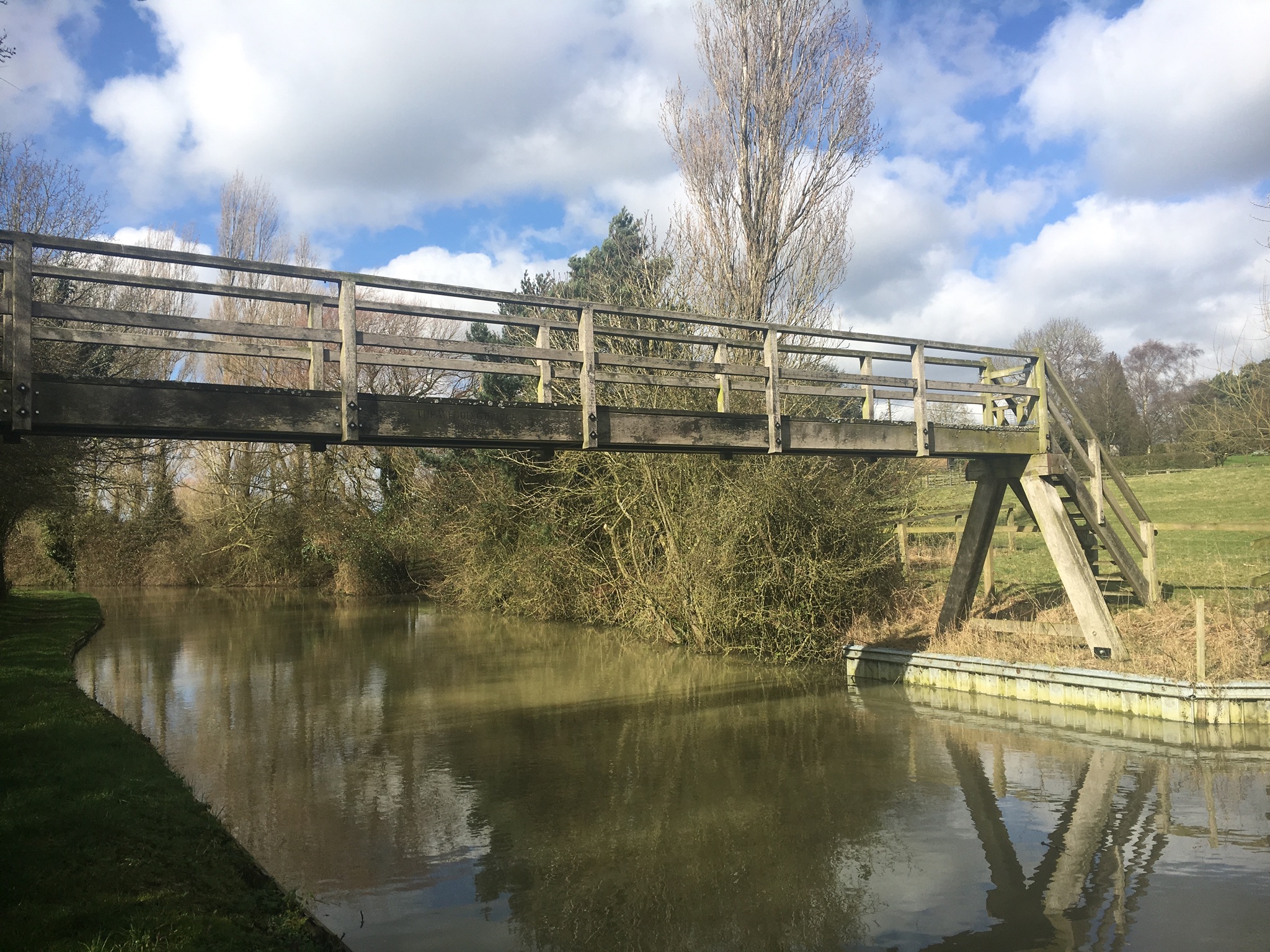Man made canals have only been in existence for around 200 years, but the challenges of crossing rivers has been there for very much longer.
The humble brick canal bridge is a part of the UK canal landscape. They were built to carry paths and roads over the canals and to enable farmers to access their livestock and crops on land that had been divided up when the canals were built.

Many of our canals were built at the height of the industrial revolution, and the only way of transporting heavy goods and construction materials was by horse and cart, which could be very expensive and labour intensive, so local stone or bricks made with materials and clay sourced locally were usually used to cut down on costs. Many of these old bridges still stand, creating a wonderful atmospheric feeling on many of our British canals.

Original canal bridges come in many forms, often they were humped-backed in local brick or stone. More elaborate bridges were sometimes erected when canals cut through an affluent country estate where the landowners permission had to be courted, as with the Grade II listed 19th Century gothic style Drayton Turret footbridge which is located near the entrance to Drayton Manor Theme Park, which is one of the most ornate bridges anywhere on Britains canals and dates to when Sir Robert Peel (British Prime Minister 1834–35 and 1841–46 and founder of the Police Force) built his new manson at Drayton Bassett. The canal ran through his estate, so it is thought that Sir Robert wanted the bridge to be a feature along the canal.

Where the canal ran through areas that had neither clay tomake bricks or local stone, the bridges were built with a lower quality bricks and many of these had to be rebuilt at a later date with better quality bricks that could be then be brought in by boat.
Timber bridges were cheaper to build than brick or stone ones. They were often used as footbridges at locks.

Cast Iron bridges were used, particularly in industrial areas and especially around Birmingham, they were built to a common elegant design and many can still be seen in and around Birmingham.
Where the towpath had to move from one side of the canal to the other, turnover/ Split bridges or roving bridges allowed the towing horse to cross the canal without their towing line getting caught up in the bridge.
Moveable or opening bridges such as canal swing and canal lift bridges were often cheaper to build than fixed bridges as they didn't require foundation. These were often built in areas where the canals were short of construction materials such as the North Oxford Canal and the Llangollen canal. These bridges could also allow large craft to pass through them. Opening bridges could be accommodation bridges (linking land), road bridges and in some cases even railway bridges. Opening bridges could be swivel or bascule. Bascule bridges or drawbridges lift up from one side of the canal. Turnbridges or swivel bridges are simpler, turning round a single point. Early examples were built in timber, with some later ones in steel.
.jpg)
Our canals are home to over 2,700 listed structures, 50 scheduled ancient monuments and five UNESCO world heritage sites. Just by walking along a 20 minute stretch of towpath you’re likely to pass numerous heritage structures ranging from smaller iconic items such as milestones, to working structures such as lock gates and swing bridges.
Get out onto the canal and see what you can see, if you have canal stories or photographs of old bridges to share with us comment below, or contact us on our social media site; facebook or instagram